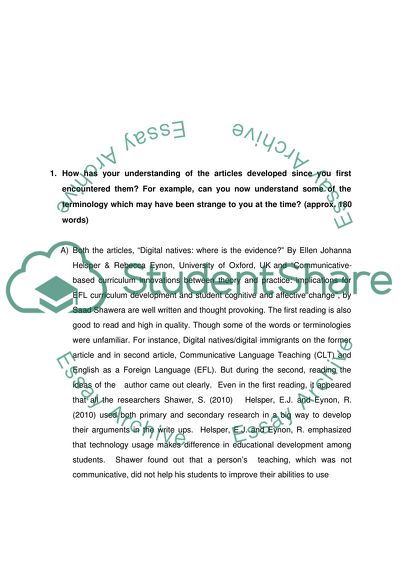Cite this document
(The Way of Learning and Teaching Assignment Example | Topics and Well Written Essays - 2000 words - 1, n.d.)
The Way of Learning and Teaching Assignment Example | Topics and Well Written Essays - 2000 words - 1. https://studentshare.org/education/1807230-paradigm-positions
The Way of Learning and Teaching Assignment Example | Topics and Well Written Essays - 2000 words - 1. https://studentshare.org/education/1807230-paradigm-positions
(The Way of Learning and Teaching Assignment Example | Topics and Well Written Essays - 2000 Words - 1)
The Way of Learning and Teaching Assignment Example | Topics and Well Written Essays - 2000 Words - 1. https://studentshare.org/education/1807230-paradigm-positions.
The Way of Learning and Teaching Assignment Example | Topics and Well Written Essays - 2000 Words - 1. https://studentshare.org/education/1807230-paradigm-positions.
“The Way of Learning and Teaching Assignment Example | Topics and Well Written Essays - 2000 Words - 1”. https://studentshare.org/education/1807230-paradigm-positions.


